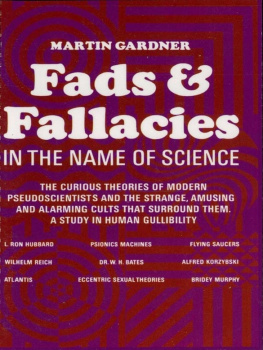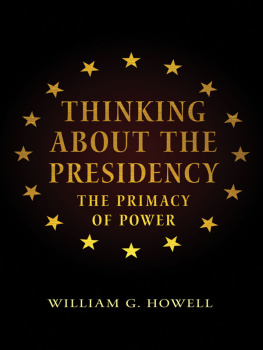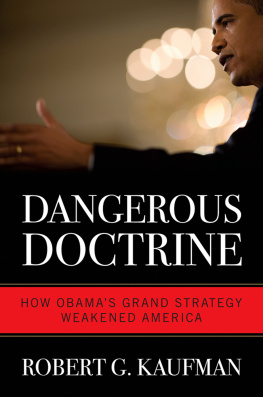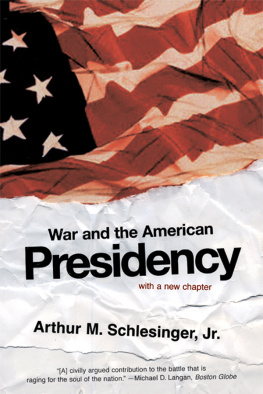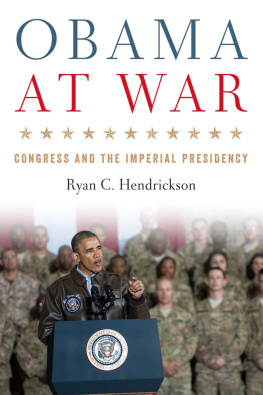Killing Machine
Also by Lloyd C. Gardner
The Road to Tahrir Square: Egypt and the United States from the Rise of Nasser to the Fall of Mubarak
Three Kings: The Rise of an Empire in the Middle East After World War II
The Long Road to Baghdad: A History of U.S. Foreign Policy from the 1970s to the Present
Economic Aspects of New Deal Diplomacy
Architects of Illusion: Men and Ideas in Foreign Affairs, 19411949
The Creation of the American Empire: U.S. Diplomatic History (with Walter LaFeber and Thomas McCormick)
American Foreign Policy, Present to Past
Looking Backward: A Reintroduction to American History (with William ONeill)
Imperial America: American Foreign Policy, 18981976
A Covenant with Power: America and World Order from Wilson to Reagan
Safe for Democracy: The Anglo-American Response to Revolution, 19131923
Approaching Vietnam: From World War II to Dienbienphu
Spheres of Influence: The Great Powers Partition in Europe, from Munich to Yalta
Pay Any Price: Lyndon Johnson and the Wars for Vietnam
The Case That Never Dies: The Lindbergh Kidnapping
Edited by Lloyd C. Gardner
The Great Nixon Turnaround: Americas New Foreign Policy in the Post-Liberal Era
America in Vietnam: A Documentary History (with Walter LaFeber, Thomas McCormick, and William Appleman Williams)
Redefining the Past: Essays in Honor of William Appleman Williams
On the Edge: The Early Decisions in the Vietnam War (with Ted Gittinger)
International Perspectives on Vietnam (with Ted Gittinger)
Vietnam: The Search for Peace (with Ted Gittinger)
The New American Empire: A 21st Century Teach-In on U.S. Foreign Policy (with Marilyn B. Young)
Iraq and the Lessons of Vietnam: Or, How Not to Learn from the Past (with Marilyn B. Young)
Killing Machine
The American Presidency in the
Age of Drone Warfare
LLOYD C. GARDNER

NEW YORK
LONDON
2013 by Lloyd C. Gardner
All rights reserved.
No part of this book may be reproduced, in any form, without written permission from the publisher.
Requests for permission to reproduce selections from this book should be mailed to: Permissions Department,
The New Press, 38 Greene Street, New York, NY 10013.
Published in the United States by The New Press, New York, 2013
Distributed by Perseus Distribution
LIBRARY OF CONGRESS CATALOGING-IN-PUBLICATIOND ATA
Gardner, Lloyd C., 1934
Killing machine : the American presidency in the age of drone warfare / Lloyd C. Gardner.
pages cm
Includes bibliographical references and index.
ISBN 978-1-59558-943-9
1. Executive powerUnited States. 2. War and emergency powersUnited States. 3. Drone aircraftGovernment policyUnited States. 4. Targeted killingGovernment policyUnited States. 5. United StatesMilitary policyMoral and ethical aspects. 6. Obama, Barack. 7. United StatesPolitics and government2009 8. Afghan War, 2001Aerial operations. 9. Iraq War, 20032011Aerial operations. I. Title.
JK558.G37 2013
The New Press publishes books that promote and enrich public discussion and understanding of the issues vital to our democracy and to a more equitable world. These books are made possible by the enthusiasm of our readers; the support of a committed group of donors, large and small; the collaboration of our many partners in the independent media and the not-for-profit sector; booksellers, who often hand-sell New Press books; librarians; and above all by our authors.
www.thenewpress.com
Composition by Westchester Book Composition This book was set in Goudy
2 4 6 8 10 9 7 5 3 1
CONTENTS
I did not intend to write a book about drones. I planned to write a chapter on counterinsurgency in Iraq and Afghanistan as part of another work. But then counterinsurgency doctrine disappeared in the Hindu Kush, and drones soared upward out of the confusion, becoming the weapons of choice against would-be evildoers everywhere. It all happened so fast that the usual chronological organization historians rely upon will hardly do. I have written this book, therefore, as an observer of when public attention became focused on a particular question in the headlines and commentary of the day. The narrative begins with an Illinois state representative challenging the Bush White Houses determination to go to war with Iraq in 2002, but a history of unmanned aerial vehicle (UAV) attacks on al Qaeda targets going back to the 1990s does not come until . Even though there were critics who wrote early on about the blowback danger involved with the use of drones, few people paid much attention to drone warfare before 2010, when the number of attacks on Pakistani borderlands increased dramatically, as did the crucial role of the Central Intelligence Agency.
Partly this is because, as President Obamas first press secretary, Robert Gibbs, confirmed in an interview recently, one of the first things they told me was, youre not even to acknowledge the drone program. Youre not even to discuss that it exists. Gibbs knew it was crazy, because everyone out there asking questions knew it existed, and they were being told to pay no attention to the man behind the curtain. This mandate not to acknowledge the existence of the program, Gibbs believesas do most other observers we will encounter in the chapters that followundermines peoples confidence overall in the decisions that their government makes.
Along with the Gibbs revelations have come other disclosures about Obamas foreign policy, such as information that the United States has quietly resumed sales of arms to countries that use children in their armieseffectively circumventing a ban enacted in the George W. Bush years.
Penalties were put in place by Congress to prevent U.S. arms sales to countries determined by the State Department to be the worst abusers of child soldiers in their militaries, but the Obama administration has waived almost all of them each year, arguing that continued arms sales to abuser countries are needed either to bolster those countries fragile security or to support cooperation with the U.S. military in areas such as counterterrorism.
Through all this, writes Peter Beinart, mainstream liberal Democrats have mostly yawned. They are not thrilled about drone warfare, but they trust the president more than they did George W. Bush, and they do not question the wisdom of breaking the ban on arms sales to such allies. The presidents lack of availability to the presswhich ABC White House reporter Ann Compton has called a disgracemeans that Gibbs and later his successor as press secretary, Jay Carney, have seemed to be defending the presidents policies from a defensive crouch.
There are no archival sources available for a book about recent events such as these, and there probably will not be for a long time. The ability of governments to keep embarrassingor at least controversialdecisions secret, on the other hand, has crumbled under the pressure of reporters and other commentators reluctant to accept governments assertions of trust me. The classifiers TOP SECRET stamp has been overwritten not simply by WikiLeaks but by the plethora of information made available from legions of government insiders who talk anonymously to investigative reporters. Drone warfare is a very special case, however, for government officialspleading different reasons at different timeshave refused in public speeches and in responses to lawsuits to acknowledge ownership of attacks on certain targets, especially those outside recognized war zones. I hope this book will provide some insight into the reasons for this. Particularly controversial in this regard is the Obama administrations refusal thus far to declassify a fifty-five-page memorandum prepared over a six-month period in the Office of Legal Counsel that lays out the legal basis for lethal attacks on American citizens living in foreign countries without regard for Fifth Amendment protections calling for due process under the normal procedures of a court trial. There are also indications that more than one memorandum on the subject exists, and that a reason for keeping them all secret is that the authors apply different standards depending on what particular events seem to require.
Next page


